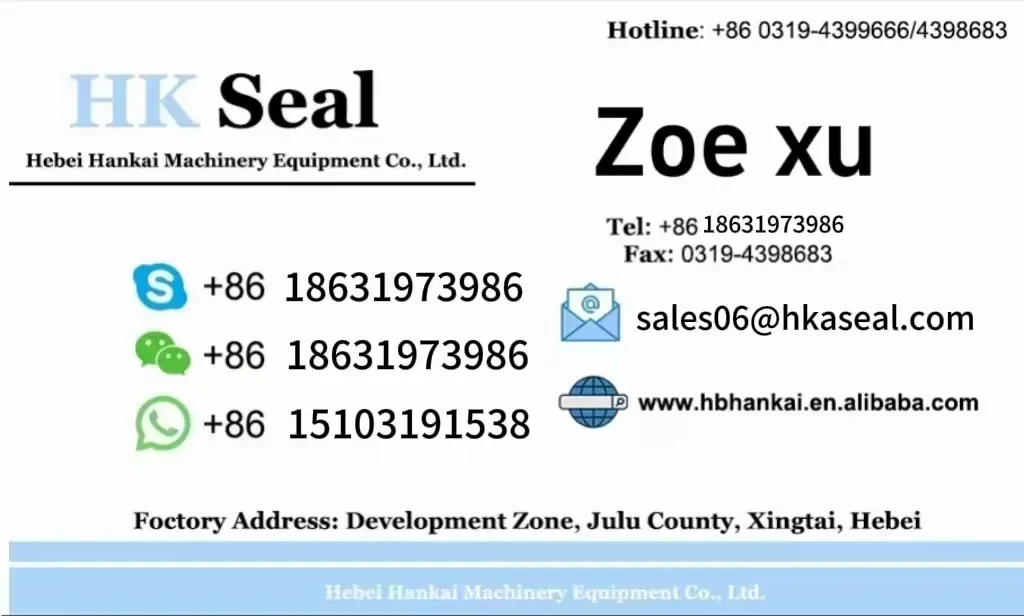Nov . 19, 2024 18:16 Back to list
dust seal
Understanding Dust Seals Importance and Applications
Dust seals are integral components in various mechanical systems, playing a crucial role in maintaining the integrity and longevity of machinery. Often overlooked, these seals serve as the first line of defense against contaminants such as dust, dirt, and moisture, which can significantly affect the performance and reliability of equipment.
A dust seal functions by creating a barrier that prevents particles from entering critical areas of machinery. This is particularly important in environments where heavy dust accumulation is a concern, such as in construction sites, mining operations, and manufacturing facilities. By keeping harmful debris at bay, dust seals help to protect sensitive components, such as bearings and gears, from wear and tear, thereby prolonging their operational life.
There are various types of dust seals, crafted from different materials depending on their application. Rubber, polymer, and metal are commonly used due to their durability and resistance to environmental factors. Each material offers unique benefits; for instance, rubber seals provide excellent flexibility and sealing capabilities, making them ideal for dynamic applications where movement is involved. In contrast, metal dust seals often offer increased strength and resistance to extreme temperatures.
dust seal

The effectiveness of a dust seal also depends on its design
. Features such as lip shape, width, and overall construction play a vital role in ensuring proper sealing performance. A well-designed dust seal will not only block out contaminants but also accommodate the natural movement of machinery parts, reducing friction and wear.In addition to machinery, dust seals have applications in various industries, including automotive, aerospace, and household appliances. For instance, in vehicles, dust seals protect wheel bearings and driveshafts from contamination, ensuring smooth operation and safety. In household appliances, such as washing machines, dust seals prevent water from escaping while keeping dirt out, enhancing both functionality and longevity.
The maintenance and inspection of dust seals are essential for optimal performance. Regularly checking seals for signs of wear or damage can prevent costly downtime and repairs. Replacing worn-out seals promptly can save businesses both time and money in the long run.
In conclusion, dust seals may be small components, but their role in protecting machinery from contaminants is vital. By understanding their importance and ensuring proper maintenance, industries can enhance the efficiency and lifespan of their equipment, ultimately leading to better productivity and reduced operational costs. As technology advances, the development of more effective dust seal materials and designs will continue to play an essential role in various sectors, highlighting the significance of these often-underestimated components.
-
TCN Oil Seal Metal Ring Reinforcement for Heavy Machinery
NewsJul.25,2025
-
Rotary Lip Seal Spring-Loaded Design for High-Speed Applications
NewsJul.25,2025
-
Hydraulic Cylinder Seals Polyurethane Material for High-Impact Jobs
NewsJul.25,2025
-
High Pressure Oil Seal Polyurethane Coating Wear Resistance
NewsJul.25,2025
-
Dust Proof Seal Double Lip Design for Construction Equipment
NewsJul.25,2025
-
Hub Seal Polyurethane Wear Resistance in Agricultural Vehicles
NewsJul.25,2025
-
The Trans-formative Journey of Wheel Hub Oil Seals
NewsJun.06,2025
Products categories
















